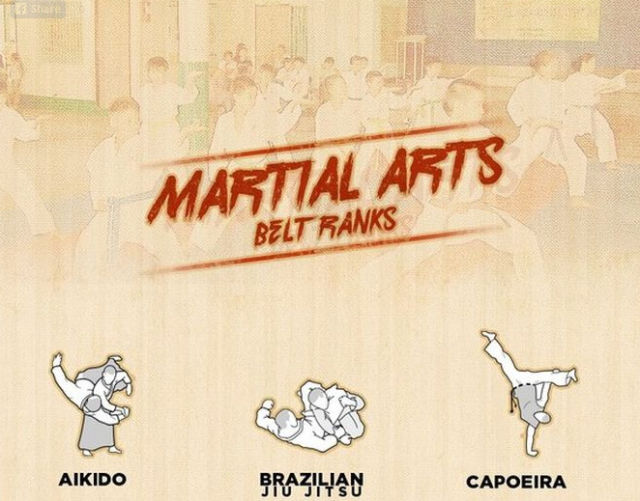Discovering The Differences Between Standard Martial Arts And Contemporary Fight Sports
Discovering The Differences Between Standard Martial Arts And Contemporary Fight Sports
Blog Article
Material Develop By-Valentine Finnegan
When you consider martial arts, do you lean more towards the standard techniques or the modern-day combat sporting activities? https://bestmartialartsforbigguys33210.newbigblog.com/41769483/the-mental-and-emotional-benefits-of-practicing-martial-arts supplies unique advantages and experiences, shaped by their philosophies and training approaches. Traditional martial arts stress personal growth and self-control, while modern-day combat sports concentrate on competitors and efficiency. Understanding these distinctions can lead you in picking the appropriate approach for your trip. Yet how do these distinctions materialize in training and approach?
The Viewpoint and History Behind Traditional Martial arts
While many individuals associate martial arts with physical battle, the ideology and background behind traditional martial arts run much deeper. You'll discover that these disciplines emphasize personal growth, self-control, and respect.
Originating from old techniques, typical martial arts were often created for Self-Defense and spiritual development. They embody concepts such as balance, harmony, and self-constraint, assisting professionals beyond mere battling skills.
As visit the following internet page educate, you'll not just find out methods but also obtain understandings right into the society and values that shaped these arts. The routines and traditions, commonly given with generations, cultivate a sense of community and belonging.
The Affordable Nature of Modern Battle Sports
Modern combat sports have actually changed the landscape of martial arts into a very competitive arena, where athletes challenge in an examination of skill, approach, and endurance.
You'll see that competitors are commonly organized with stringent regulations and laws, ensuring justice and safety and security. how to create a martial arts curriculum for kids bring in huge target markets, fueling the exhilaration and strength of matchups.
Athletes educate rigorously, not just for physical prowess yet also for mental strength, understanding that every detail counts in the ring. The adrenaline rush throughout competitors is apparent, as fighters push their limitations to claim victory.
Followers appreciate the athleticism and artistry entailed, making modern-day battle sporting activities a thrilling spectacle that remains to develop and astound enthusiasts all over the world.
Training Approaches and Strategies: A Comparative Analysis
The competitive atmosphere of modern fight sporting activities demands cutting-edge training techniques that vary significantly from conventional martial arts.
In contemporary training, you'll focus on particular methods, competing, and conditioning, commonly using drills that mimic genuine battle situations. You'll see an emphasis on measurable efficiency and frequent competitors to examine your skills.
On the other hand, traditional martial arts prioritize forms, katas, and philosophical mentors, typically emphasizing self-control and respect over competition.
Training is typically less extreme and might entail recurring practice as opposed to real-time sparring.
While both techniques construct skill and fitness, contemporary combat sports provide a more dynamic and adaptable training environment, preparing you for prompt obstacles in the ring or cage.
Choose the course that lines up with your goals and interests.
Conclusion
In choosing in between traditional martial arts and modern-day fight sporting activities, it truly boils down to what you value many. If you're searching for individual development, self-control, and a sense of area, typical arts could be your best fit. But if you grow on competitors and real-time difficulties, contemporary battle sports could be the means to go. Inevitably, both courses offer one-of-a-kind benefits, so it's all about aligning your training with your personal objectives and interests.
